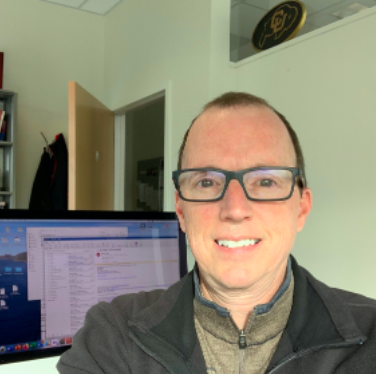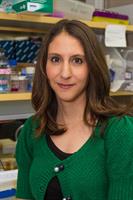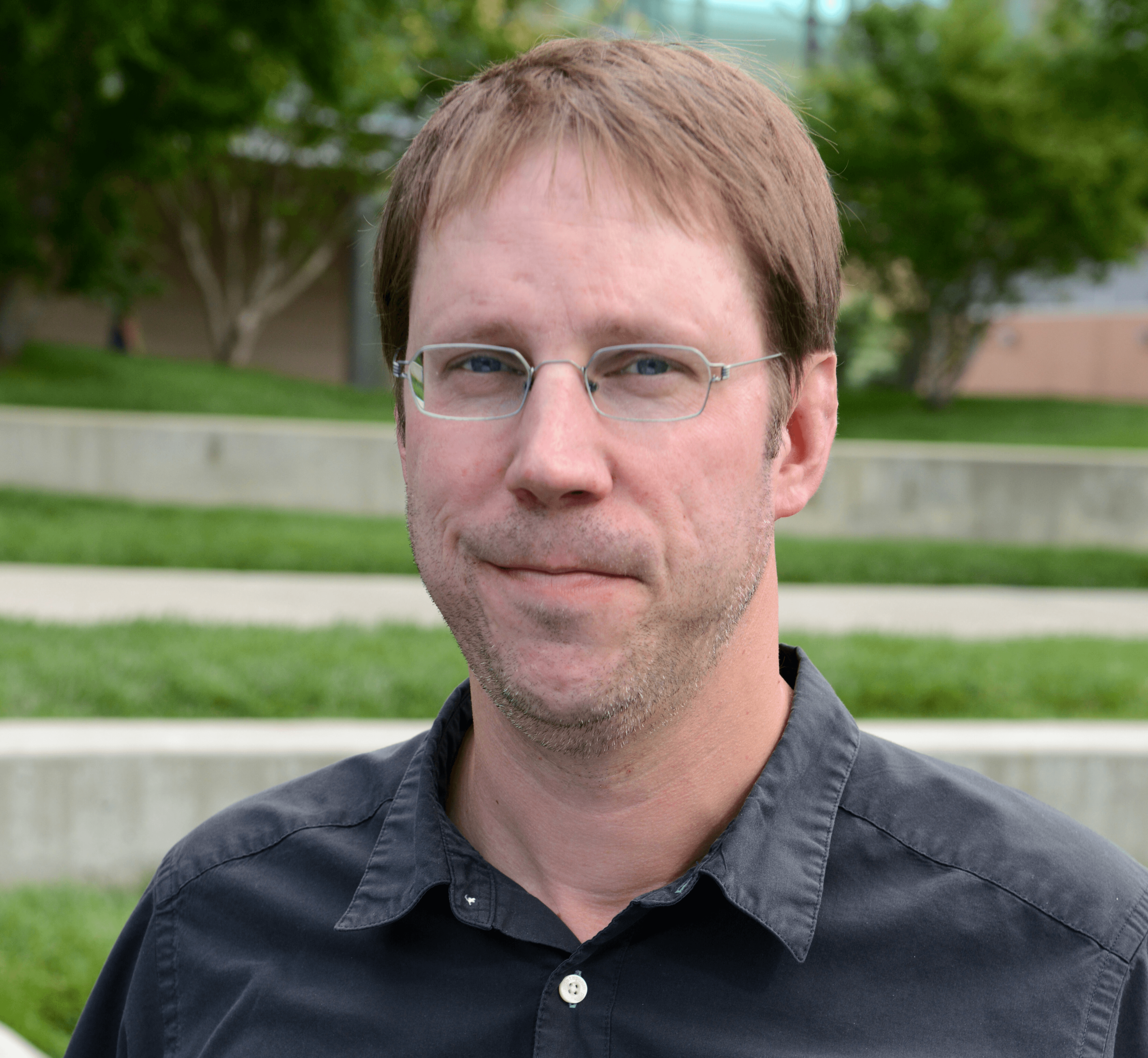Investigators

Thomas Morrison, PhD
Publications Website Email Project-1
My laboratory investigates mechanisms of infectious disease pathogenesis and immunity. We use genetic, molecular, cellular, and immunological approaches to define molecular mechanisms of pathogenesis, to elucidate immunological mechanisms that dictate viral clearance, including antibodies and B cells, and to evaluate novel therapeutic interventions. My laboratory has developed mouse models of chikungunya virus (CHIKV) and Ross River virus (RRV)-induced rheumatic disease that recapitulate important aspects of acute and chronic CHIKV and RRV disease in humans. In addition, we also investigate mechanisms of neurological disease associated with neurotropic viruses such as Venezuelan equine encephalitis virus (VEEV), West Nile virus, and Zika virus. I also have extensive experience working with human coronaviruses and other highly pathogenic respiratory viruses.

Beth Tamburini, PhD
Publications Website Email Project-2
The overarching goal of my research program is to understand how the lymphatic stroma recognize and react to stimuli within the lymph to guide the immune response. My initial studies of lymphatic stroma were focused on understanding the mechanisms by which lymphatic endothelial cells acquire and retain antigens as well as recruit and interact with immune cells in different organs. Currently my research program is focused on understanding the immunologic consequence of interaction between lymphatic stroma and components of the immune system within different organ systems. We have been working to dissect how the lymphatics respond to stimuli such as proteins, small molecules, fat, cholesterol, alcohol, infectious material and cytokine. We have experience with a number of techniques including flow cytometry, immunohistochemistry, immunofluorescence, live molecular imaging, and a number of therapeutic treatments to target and identify lymphatic endothelial cells as well as experience in several mouse models and assays. In addition, my expertise and the expertise of a wide range of collaborators at the University of Colorado in the fields of Gastroenterology, Hepatology and Immunology have been critical in developing this research program. This collaborative research program as proven to be well suited for the training and success of the graduate students and post-docs in my laboratory.

Jay Hesselberth, PhD
Publications Website Email Project-3 Core-C
I am an RNA biochemist and computational biologist with extensive experience in developing new high- throughput methods and associated bioinformatic analysis software. My RNA biology program spans classical and modern approaches to address outstanding questions in RNA damage and repair. Over the past ten years my group has developed new sequencing approaches to identify damaged RNAs and new model systems with which to understand the causes and consequences of RNA damage. Our studies have led to new concepts in post-transcriptional regulation that have broad implications for understanding the role of RNA damage in biology. Recently we have been focused on understanding how RNA damage and repair events are coupled to control RNA fate after stress-induced RNA cleavage. More recently, we have applied nanopore RNA sequencing to characterize the landscape of RNA repair events in budding yeast.

Jennifer Matsuda, PhD
In 2008, following my graduate studies and post-doctoral training, I became the Director of the Mouse Genetics Core Facility at National Jewish Health. Given my years at the bench, it was critical to me that the facility I established enabled all investigators, regardless of prior experience, with the support necessary to make mouse models. To this end, in addition to classic services like ES cell targeting, blastocyst and pronuclear microinjections, embryo and sperm cryopreservation, in vitro fertilization, and rederivation, we have developed additional areas of expertise. We generate complex DNA constructs, using BAC recombineering, markerless recombineering, and classic cloning methodologies. We also train graduate students and post-doctoral fellows in our laboratory to make their own constructs. We have also gained the expertise to identify homologous recombinant ES cell clones by Loss of Allele (LOA). In addition, we successfully use engineered nucleases (ZFNs, TALENs, and more recently CRISPR/Cas9) to generate knockout mice by NHEJ as well as relying upon homology directed repair (HDR) to introduce genetic modifications. This technology has been further improved upon by our capacity to make mouse models directly on a variety of backgrounds by using IVF, including but not limited to: C57BL/6, FVB, NOD, 129S4, and NSGS backgrounds as well genetically modified strains of mice. Due to the core’s consistently high quality of work, we have recently been designated as the Regional Mouse Genetics Core Facility to support investigators at the University of Colorado Denver, in addition to the investigators at NJH.